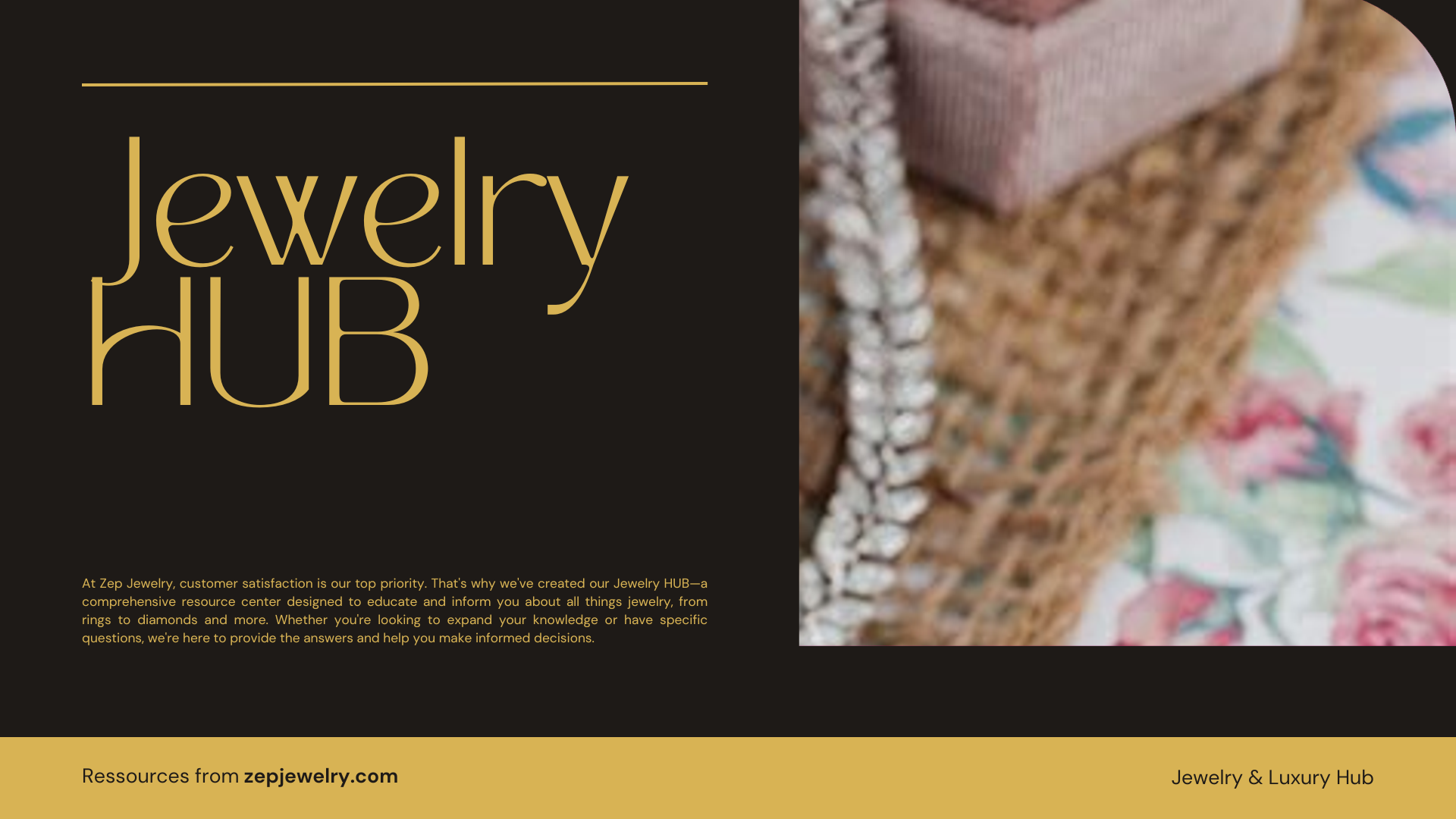Have you ever wondered if your dazzling diamond ring might one day fund your dream vacation? While the glimmer of jewelry can catch the eye and captivate the heart, the truth about its value is a bit murkier. Not all pieces will appreciate over time like a fine wine; in fact, many remain stagnant or even depreciate. The secret lies in the quality, craftsmanship, and above all, the stories they carry. Understanding the dynamics of jewelry investment is essential for those who wish to turn their trinkets into treasure.
Does all jewelry appreciate in value?
Does all jewelry appreciate in value?
No, not all jewelry appreciates in value. While some pieces may indeed see an increase in worth over time, many do not. For high-quality jewelry crafted from exceptional materials or those with historical significance, the potential for value appreciation exists. Heirloom pieces, for example, can gain significant worth due to their age, craftsmanship, and the story behind them, especially if they come from notable brands or renowned artisans.
However, it’s important to note that the majority of contemporary jewelry often experiences a steep depreciation immediately after purchase. This depreciation can leave the piece selling for only a small fraction of its original retail price in the resale market. Factors such as the jewelry’s design, the popularity of trends, and the brand’s market presence heavily influence its long-term value. It’s also crucial to consider that many retail prices include considerable markups, which do not reflect the actual market value.
Therefore, when investing in jewelry with the intention of appreciation, it’s wise to focus on specific categories, such as high-quality investment-grade diamonds, vintage or antique pieces, or luxury brand items that have proven to retain or grow in value. Being well-informed and mindful of the jewelry market’s dynamics can certainly help enthusiasts make more astute investment choices.
What types of jewelry are more likely to appreciate?
Jewelry crafted from investment-grade diamonds, fine gemstones, and precious metals tends to appreciate more than average pieces. Heirloom jewelry and items from notable brands are often considered valuable due to their craftsmanship and history. Additionally, certain luxury watches, especially from brands like Rolex and Patek Philippe, can appreciate significantly due to their desirability and brand reputation in the secondary market.
Why do certain materials in jewelry appreciate while others do not?
Jewelry made from materials like gold and high-grade diamonds generally appreciates due to demand and market conditions. For instance, gold’s value fluctuates with market prices but tends to rise over time, while high-quality diamonds maintain demand because of their rarity. Conversely, lab-grown diamonds and lower-quality stones often depreciate right after purchase due to oversupply and lower perceived value, making them less reliable as an investment.
How does the market’s perception affect the value of jewelry?
The sentiment surrounding jewelry heavily influences its value. For example, pieces that carry significant sentimental value may seem priceless to their owners but may not fetch the same price in the resale market. Moreover, the vast quantity of newly produced jewelry reduces demand for second-hand items, ultimately affecting their resale prices negatively.
Are there specific costs associated with investing in jewelry that can impact resale value?
Investing in jewelry can incur considerable costs, such as retail markups and premium prices for craftsmanship. These markups, which can reach up to 35% or more, diminish potential resale value. Additionally, the luxury jewelry market has many hidden costs that consumers often overlook, which can lead to disappointment when it’s time to sell. Consequently, the initial investment may not equate to the actual return upon resale.
Why is jewelry considered a lifestyle investment rather than a pure financial investment?
Jewelry is viewed as a lifestyle investment because the joy and satisfaction derived from wearing or owning exclusive pieces often outweigh the financial returns. While some pieces may appreciate, many factors, such as market volatility and personal sentiment, can significantly affect their financial potential. Thus, investing in jewelry should be approached with the understanding that its value is not guaranteed and often serves as a means of personal expression and enjoyment rather than solely as a financial asset.
